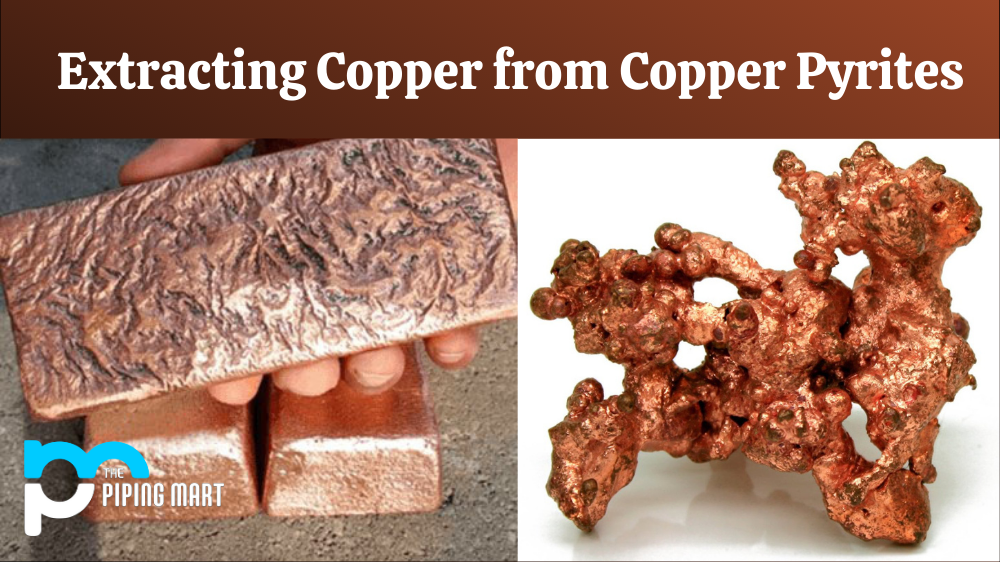Joining two different types of metal together can be a tricky process. Welding aluminum to copper is no exception. It requires a specific technique not used for welding two pieces of the same metal. This blog post will discuss the benefits of welding aluminium to copper and how to weld it successfully.
Why Use Aluminium and Copper?
Aluminium and copper are often used in combination due to their properties. Aluminum is lightweight and malleable, making it ideal for applications where weight needs to be kept low, or parts need to be bent into shape. On the other hand, copper has excellent electrical conductivity and corrosion resistance, making it an ideal choice for electrical connections or parts exposed to harsh environments. When these two metals are combined, you get the best of both worlds—lightweight materials with excellent electrical conductivity and corrosion resistance.
Welding Process
When welding aluminum to copper, there are a few things you need to keep in mind:
- Before welding, you must clean and prepare both metals to ensure the highest quality welds possible.
- You must use a filler material compatible with metals, such as nickel-based or bronze alloys.
- It would help if you used proper techniques when welding aluminium and copper together, as they require different temperatures for successful fusion.
- The first step in welding aluminium to copper is to clean the surfaces of both metals. This can be done with a wire brush or sandpaper.
- Next, the two metals are placed together and clamped in place.
- A welding torch is then used to heat the metals. Once the metals are hot enough, a filler metal is added to the joint.
- The filler metal melts and bonds the two metals together. Once the joint has cooled, the clamps are removed, and the weld is complete.
Resulting Advantages
One major benefit of welding aluminium and copper together is that it reduces the costs associated with purchasing separate components made from each type of metal. By welding them together, you can create stronger joints than if they were connected using fasteners like bolts or rivets. This makes them more suitable for applications in which strength is critical such as marine vessels or aerospace components.
Conclusion:
Welding aluminum and copper together can provide many advantages over using either metal separately or connecting them with fasteners alone. However, it does require some specialized techniques for the welds to be strong enough for their intended purpose. With proper preparation and technique, welding aluminium and copper can be an effective way of joining these two types of metal together while reducing the costs associated with purchasing separate components made from every metal. Overall, this process should be carefully considered before attempting so that optimal results can be achieved every time!

Abhishek is a seasoned blogger and industry expert, sharing his insights and knowledge on various topics. With his research, Abhishek offers valuable insights and tips for professionals and enthusiasts. Follow him for expert advice on the latest trends and developments in the metal industry.




